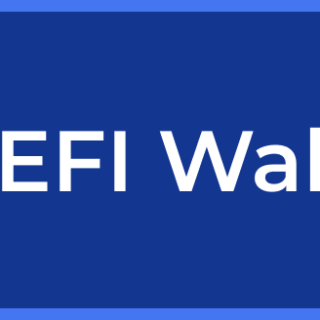Intro to Staking & Pooling
Staking & Pooling
Staking is the action of depositing your asset into a DeFi platform to earn some interest and rewards over time.
Pooling is similar to staking but requires the deposit to be paired with another asset to earn dynamic rewards.
Many Ethereum assets can be staked to earn interest in the same denomination of your deposit. By staking XDEFI tokens, for example, you can earn interest and receive more XDEFI tokens over time. Staking implies that you will be able to withdraw your initial deposit plus any earnings without experiencing any losses. Some tokens have a vesting period or redelegation timeout, so be aware of terms written into the smart contract that limit when you may claim the staked assets.
Pooling into a Liquidity Pool (LP), on the other hand, is a less fixed way to earn a yield on your crypto but can offer great returns when pools perform well. LPs enable swaps on a decentralized exchange by making liquidity available for trading. Here, depositors will provide assets and earn via trade fees and protocol rewards such as token emissions. But LP comes with the risk of impermanent loss (or “divergence loss”) because you are exposed to both assets and their price movements. It’s impermanent because when prices approach your entry values, you will have the same amount of asset once again if you haven’t withdrawn it while at a loss.
One of the primary differences between staking and pooling is that staking means only single-sided exposure to a certain asset, while pooling usually requires 50:50 exposure to two assets in a pool. The liquidity must be balanced evenly between the two assets in order to allow fair trades. Therefore, returns of LPing are affected by the price of both assets in that specific pool. The hope is that the rewards from LPing will outweigh any risk of impermanent loss. This is why THORChain offers protection to ensure that its liquidity providers are never worse off for depositing into the pool symmetrically.
Both Staking and LP are incentivized in order to encourage participation in network security and liquidity. Make sure you understand the terms and scenarios presented before depositing into a DeFi protocol.


